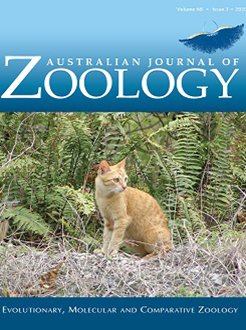Forest and woodland areas that have suffered historic degradation of habitat are likely to have reduced populations of tree-hollow dependent wildlife. We investigated the frequency of use of small-entry nest boxes installed 3 m high and vertical nest logs installed 1–3 m high, over 10–30 years in box–ironbark forest in north-east Victoria. Mammals were the dominant users of the nest boxes. Squirrel gliders and sugar gliders collectively used >75% of boxes and brush-tailed phascogales used >30% of boxes. Birds used the nest boxes on just two occasions. Brown treecreepers were the dominant users of the nest logs, with 48 breeding events across 30% of 105 nest logs. Turquoise parrots bred in the logs on five occasions. Gliders used 31% and phascogales 16% of the nest logs. These mammals were directly observed more frequently in the nest boxes than in the nest logs. Our findings show that mammals and birds preferred morphologically different hollows. Further research into the influence of different artificial hollow design elements is required. Nest boxes and nest logs required infrequent maintenance that was easily sustained over time. Our results suggest that tree-hollow dependent wildlife can benefit from restoration of their breeding and shelter sites.
How to translate text using browser tools
16 September 2021
Long-term monitoring of nest boxes and nest logs in a tree-hollow depleted box–ironbark forest in north-eastern Victoria
Bruce R. Quin,
Ross L. Goldingay,
Darren G. Quin,
Eileen Collins,
Neville Bartlett,
Richard Jerome,
Tony Murnane,
Tony Marsh,
Scott Jessup
ACCESS THE FULL ARTICLE
<
Previous Article
|

Australian Journal of Zoology
Vol. 68 • No. 3
September 2021
Vol. 68 • No. 3
September 2021
Climacteris picumnus
Neophema pulchella
nest box
nest log
Petaurus breviceps
Petaurus norfolcensis
Petaurus notatus





